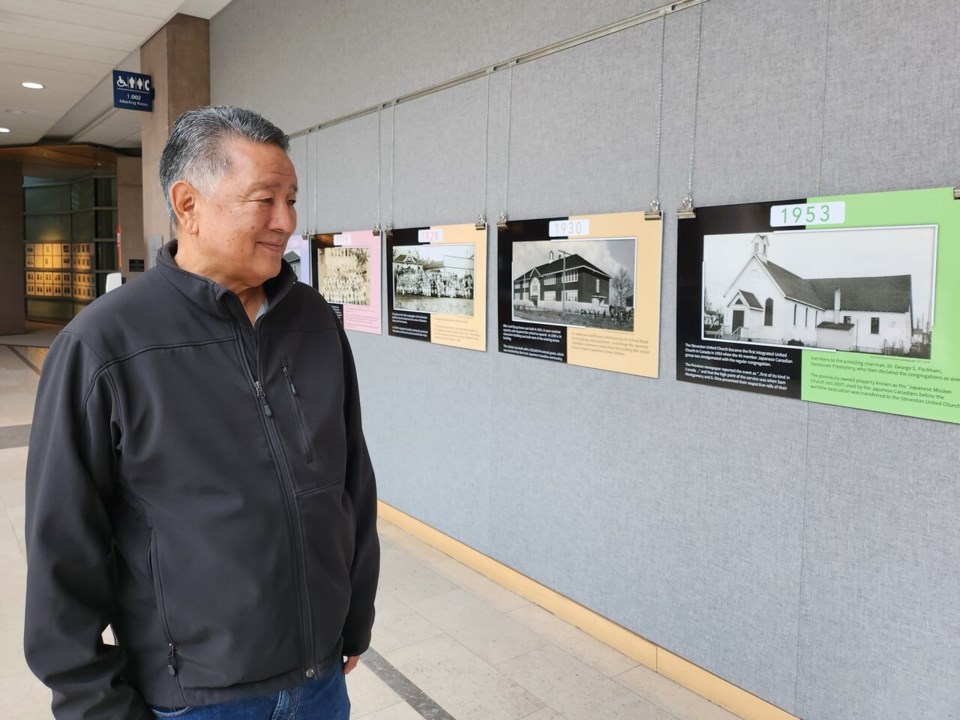From then to now: How Japanese Canadians contributed to Richmond over 100 years
May 14, 2023
Kelvin Higo’s parents never talked about what happened to them in the internment camps while he was growing up.
Like other Japanese Canadians who returned to Richmond, they kept up a wall of silence about what happened but instead just continued to contribute to the community as they had before they were interned by their own government.
Since the first Japanese arrived in Steveston in the 1880s, the Japanese community has made significant contributions to the city – despite their difficult experiences – and helped shape what Richmond is today.
Many of their contributions have been chronicled and put on display at Richmond City Hall as part of Asian Heritage Month.
“A lot of times, there’s a backlash about immigrants coming to Canada and the burden they pose on our society. This, however, is an example of where a small immigrant group really contributed to the building of this community,” said Higo, organizer of the display and an advisory committee member for Steveston Japanese Canadian Cultural Centre.
The display spans 123 years, highlighting how the Steveston Japanese community helped build the first permanent hospital in Richmond, helped fund the first public school open to the whole community, and built a seniors housing project in 2021.
Want your kids to go to a public school? Pay for it
The first permanent Richmond hospital was built by the Japanese community in 1900 at No. 1 Road and Chatham Street where the Maple Residence is today.
After building a temporary hospital to deal with typhoid outbreak, the Japanese community needed a permanent solution.
So, the Japanese Fishermen’s Benevolent Society, a union-like organization that advocated for fishermen’s wages from the canneries, took it upon themselves to raise funds and build a 30-bed hospital. It cost $3 to become a member of the hospital.
“It was based on the principle of ‘socialized medicine,’ and was open to everybody – First Nations, Chinese, Caucasian, Japanese… could all use the hospital, and any medicine and things over and above were paid for,” said Higo, adding the facility operated until 1942 when all Japanese Canadians were evacuated from the B.C. coast.
 Close
Close

